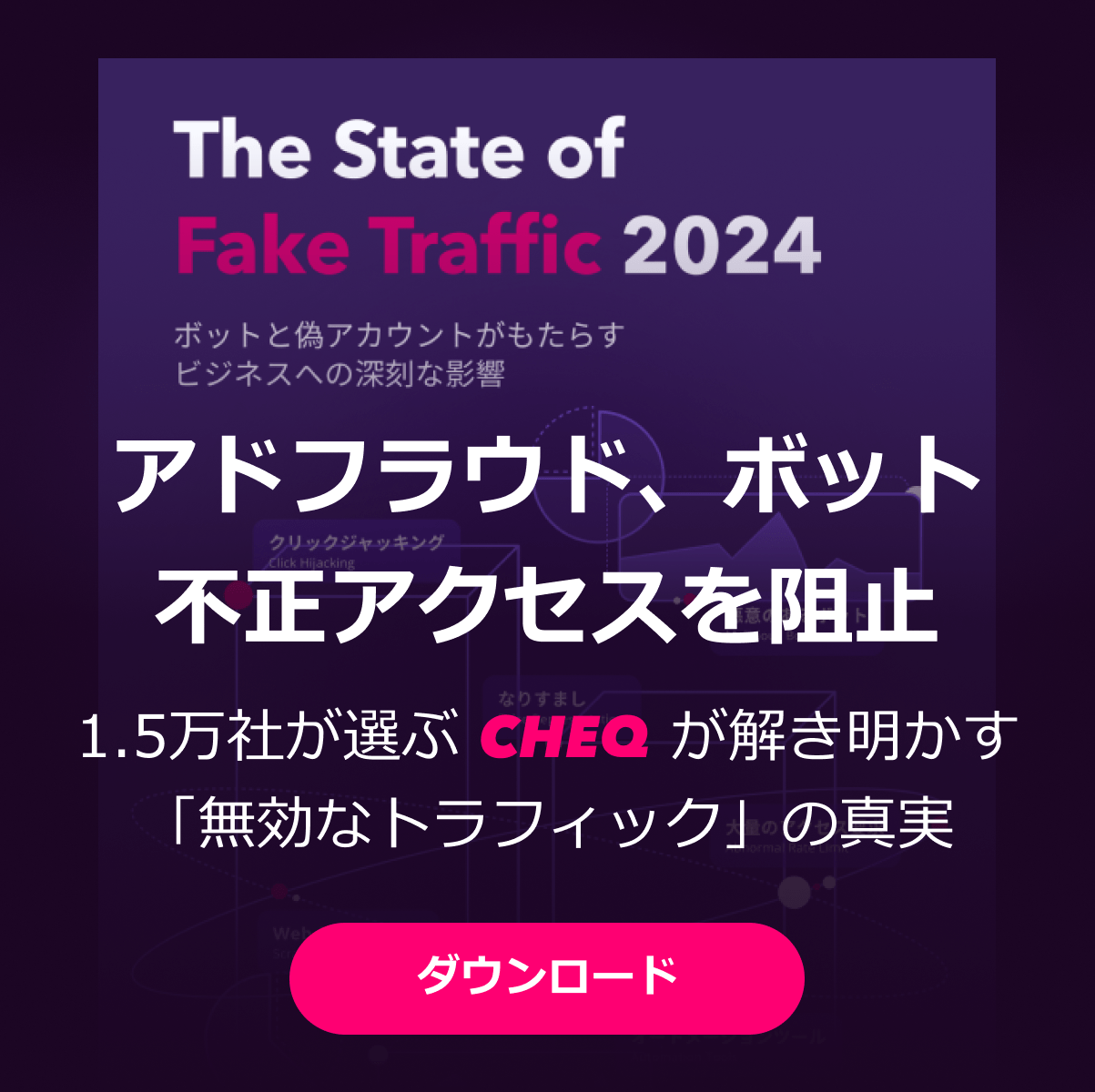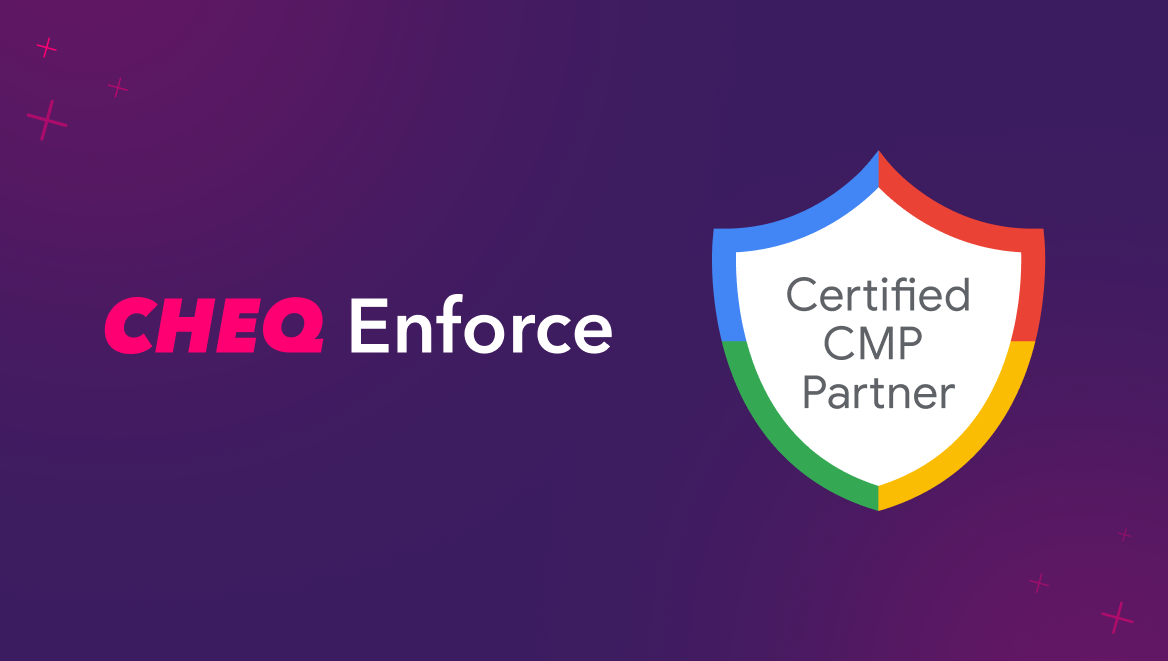How to Drive Better Marketing Results with Microsoft’s Bing Ads
Oli Lynch
|Marketing | November 19, 2025
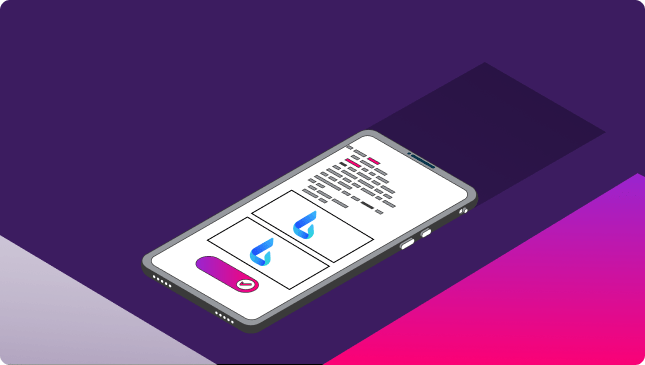
The ‘other’ search engine, Bing, offers an alternative for those who either want to explore different audiences or simply want to diversify their advertising strategies.
In fact, Bing Ads is now known as Microsoft Advertising. A nice catchy name. But for the sake of this article, we’ll be referring to Bing Ads as that’s how most people know it.
So, is Bing Ads worth using for your pay-per-click (PPC) marketing? And, if you do decide to use Bing Ads, what benefits might you find?
We’ve previously looked at Bing Ads vs. Google Ads (read more about it here), but in this post, we want to look more in-depth at the Microsoft Advertising platform itself.
Some maintain that all you need is Google’s huge PPC platform – which might be right for some. But there are many other things to bear in mind to help you understand if Bing Ads is right for you.
What is Bing Ads?
As mentioned, Bing Ads is now Microsoft Advertising and offers much the same package deal as Google’s Ads.
Of course, the primary offer is pay-per-click search engine results. Beyond Bing, Microsoft also owns:
- Yahoo!
- AOL
- MSN
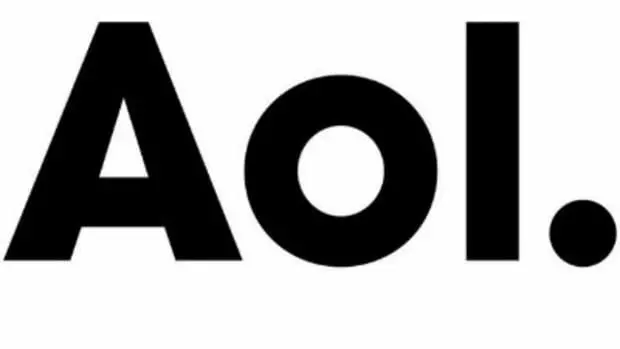 |
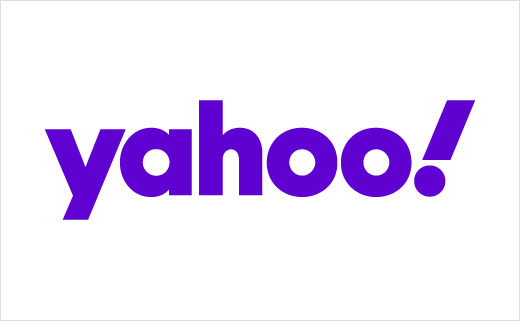 |
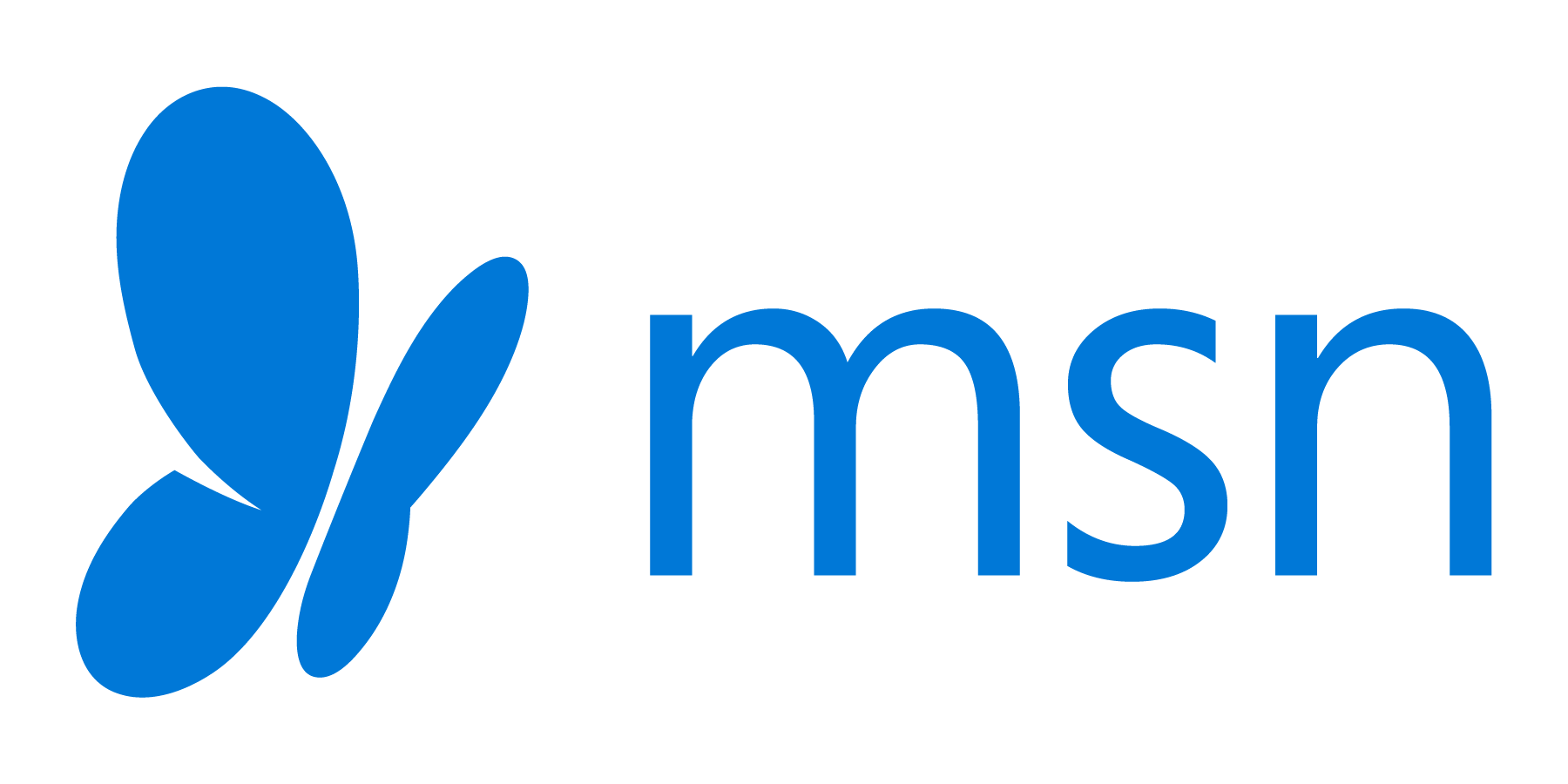 |
As search engines powered by Microsoft, your PPC ads can appear in results on any of these platforms.
Microsoft also owns LinkedIn, although LinkedIn ads are their own thing. However, Bing Ads can target users based on their LinkedIn profile information, which offers some interesting possibilities.
Bing Ads can also appear in the Outlook email dashboard, Xbox store, Windows app store, from Cortana voice assistant results, and on partner sites that use AOL, Yahoo, MSN, or Bing search results.
Microsoft search technology is also used by Amazon’s Alexa and Microsoft’s Cortana (obviously) voice search assistants. As they deliver search results from Bing, your Bing ads can also be shown there.
Bing Ads reach
One key argument when looking at Bing Ads vs. Google Ads is the potential reach. There is no argument that Google wins this, hands down, but it’s worth adding in a few extra caveats here.
- Microsoft’s Bing Ads offers the second-biggest PPC ads reach, with around 17.5% of the PC market share globally.
- In fact, Bing covers over 7% of the US search market and around 6% in the UK.
- Bing sees 13.2 billion PC searches each month across its platforms.
- In 2022, Microsoft increased to 164 markets and 35 languages in total, expanding the worldwide targeting opportunities for marketers.
- The number of daily active users of Bing crossed 100M just one month after they released the AI-powered search earlier this year.
And that’s not all. Microsoft also claims that Bing Ads reach 45 million US searchers that are not reached via Google.
Bing Ads also partners with Verizon to offer native ads on platforms across 30 countries. This means video ads, display ads, and content advertising on some of the world’s most visited websites. This is Microsoft’s version of the AdSense display network.
Some of the pros of using Bing Ads actually come from their second-place market share.
What’s even more important to add here is the steady growth of Bing and Edge users Microsoft reported after they launched the AI integration. They do expect this upward trend to continue as they roll out new features and capabilities. This will naturally lead to an expanded reach of Bing Ads, providing you with even greater opportunities to reach your audience.
The average cost of Bing Ads vs. Google Ads
Pay-per-click (PPC) advertising is a great platform to get your brand out there, but it can quickly become expensive. This is especially the case with Google Ads, where the CPC can vary greatly across the course of a day.
Looking at the pros and cons of Bing Ads, the lower market share is greatly compensated by the more affordable cost per click.
According to the freshest stats online, Bing’s average CPC is considerably lower than Google’s.
Online advertising experts from WordStream, for example, found that the CPC on Bing was around 33% less than on Google Ads (Already convinced? Read here how to import Google Ads to Bing Ads).
While the lower CPC is not always followed by higher conversion rates it’s worth noting that this metric is also showing a positive trend. Actually, according to some stats from AI Stratagems, “Bing Ads’ conversion rate rose 19% YOY in 2023”.
So, while you might not be getting the huge reach that you might find with Google, you are finding both a lower cost per click coupled with a higher conversion rate. That alone says a lot about the value Bing ads can bring, don’t you think?
Some more pros and cons of using Bing
Beyond the actual cost factors of using Bing for your PPC, there are a few other things that make Bing a useful addition to your marketing arsenal.
AI-powered search
We’ll start with something that was (and actually still is) quite a hot topic recently. Actually, Microsoft has created quite a stir in the industry with the launch of the AI-powered Bing search engine in February 2023.
They were the first to recognize the AI trend and have become pioneers in integrating it into web-based searches.
It’s no wonder that the increased use of AI chat models is slowly but surely changing the way people search for information online. It has become so common now to see them using ChatGPT to get to a simplified form of an answer, from how to tell if their cat is sick and what therapy to use, to more difficult things, like delivering a roadmap of actions and codes for building a website.
Now Microsoft is offering the same (just better and with up-to-date information) through Bing and Edge. It’s reviewing a large pool of information available on the web to come up with a summarized answer. With this fundamental change, they are taking the whole industry to the next level. The smarter and more intuitive search experiences that Bing implemented deliver highly relevant results to its users, ultimately improving the overall user experience.
As a result, people seeking a better search experience are turning to Bing, while Google and other search engines are still working on incorporating AI.
This opens up opportunities for brands and advertisers to be creative and connect with their target audience in a more effective way.
Competition
We can’t talk about the pros and cons of using Bing Ads without mentioning the competition. One of the problems most will find with Google Ads is its popularity.
You will be competing hard with probably every other business in your niche. This competition also means higher cost per click and surging prices at popular times as businesses try to outbid each other.
As a platform that is often ignored by search engine marketers, Bing, especially recently, offers lots of potential for those willing to give it a try.
We’ve already seen that the actual reach is smaller, but with fewer people competing for your ad space, you’re more likely to get a better deal.
The downside of this is, of course, that you might not be hitting the volume of ads that your competitors might on Bing alone. Most expert marketers recommend using Bing as an addition to Google Ads rather than an outright replacement.
Audience quality
Another finding is that the quality of the audience on Bing is thought to be more ‘discerning,’ hence the better click-through rate (CTR). Google is the world’s search engine, meaning almost everyone uses it.
But Bing’s data shows that over one-third of their users take home over $100,000 per year. The vast majority of Bing’s users make over $40,000, which is also reflected in their age demographic, with 56% of Bing’s users being between 25-55.
Of course, businesses targeting a younger or more general demographic might not find this to be a selling point.
Flexible partner targeting
Google’s Display Network offers a huge range of partner websites where you can feature your banner ads or content. As such, content marketers find lots of opportunities to display their ads.
The downside is that it isn’t always easy to see which sites your ads appear on. As we’ve seen, this can leave your ads open to ad fraud from spoofed sites and fraudulent networks.
Bing actually makes it easier to see the sites where your ads are appearing and to customize them.
You can even see the performance of specific sites, so if they’re looking a little iffy, you can put them in your website’s exclusions list.
Google Ads importing
Another useful feature is the ability to import any Google Ads campaigns directly from Google into your Bing Ads dashboard.
Want to see if you can get any extra leads from a successful campaign? Or maybe want to run campaigns in tandem to see what works best?
It’s a pretty simple process and one of the pros of using Bing over Google Ads.
Extra controls
Although there are a lot of customization options in Google Ads, there are a few areas where it falls down. Using Bing Ads allows you to do some clever things, such as:
- Assign campaigns to different time zones
- Use automated rules to change campaign settings much easier than with Google
- More advanced mobile ads targeting based on OS and device type
It might also be worth noting that signing up for Microsoft Ads is pretty straightforward, and the level of control you have over your ads makes it a good starting point for those learning PPC marketing.
So, should I be using Microsoft Ads?
There are lots of options for pay-per-click now, including social media platforms such as Facebook, content marketing such as Taboola/Outbrain, and, of course, Google Ads.
It will most likely depend on your marketing strategy, but with all the things that we’ve previously reviewed in this article, it definitely has a lot to offer.
In addition to the lower advertising costs, Microsoft is positioning itself as a pioneer in the AI-powered search game, being a step ahead with the new trends.
Considering the widespread influence of AI across various digital domains, it’s only a matter of time before it impacts PPC ads too. So as an advertiser, why not take advantage of the trailblazer that’s revolutionizing this marketing arena and be a step ahead with the trends?
For most marketers, you probably won’t be using Bing Ads as your sole PPC platform. Google Ads has such a broad reach that it’s inevitable that most marketers will use it at some stage.
But, considering the lower cost per click and competition, Microsoft’s offering could be a useful addition. Bing Ads might also be a good option for those starting out on their PPC marketing journey.
The high-earning demographic and the chance to target users based on their LinkedIn profiles might also appeal to some. Business services or those working on accounts-based marketing campaigns could make be tempted to see how effective Microsoft Ads can be.
One thing to remember is that click fraud is still a persistent threat, whichever PPC platform you use. Our data shows that 11.3% of all traffic online in 2022 was fake.
Even if you’re spending less on Bing Ads vs. Google Ads, you still want to make sure your marketing spend is going where you want it to.
If you’re running Microsoft Ads, sign up for a free trial today.

